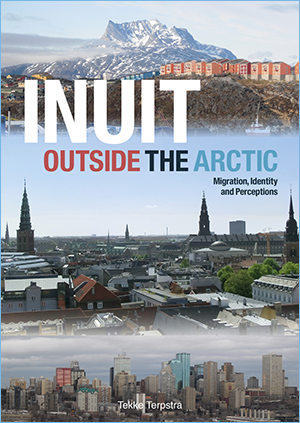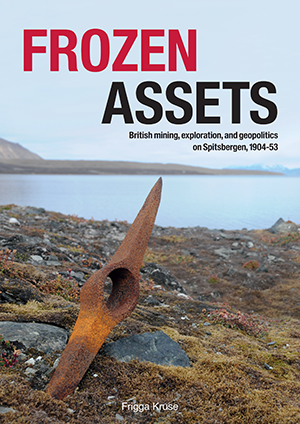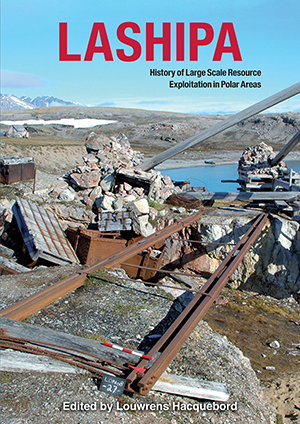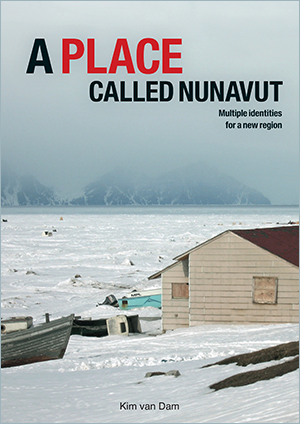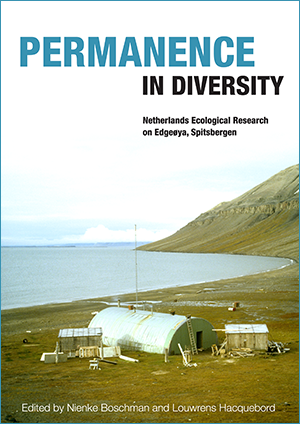The central questions of this research are the following: What was the Antarctic policy of the Netherlands from the late 1950s until 1990? What were its motives, goals, means and effects? What were the roles of the government, the scientific community, non-governmental organisations and possible other actors in this policy? How can these be explained?
The focus of this study is on Dutch Antarctic policy. In order to explain Dutch Antarctic policy from the late 1950s until 1990 and to place it in a broader context, Dutch policy will be compared with the Antarctic policies of Belgium and Germany (Federal Republic of Germany, FRG) in the same period.6 The comparison offers insights into the functioning of the ATS and into the roles – if any – of the three countries in this international regime in the period under investigation. This adds another central question to this research: How does Dutch Antarctic policy compare with the Belgian and German Antarctic policies in the same period?
This research will not focus on the actual Antarctic scientific research activities of the Netherlands, Belgium and Germany from the late 1950s until 1990 but will concentrate on their Antarctic policies. Policy with regard to science is one aspect of this.
List of figures vii
List of pictures vii
Introduction 1
I Origins of the Antarctic Treaty System 15
II The IGY (1957-1958), the Antarctic Treaty (1959), and the Netherlands, Germany and Belgium 39
III Belgian-Dutch Antarctic cooperation and its aftermath, 1960-1970 71
IV Non-participation and accession in the 1970s 109
V Renewed Belgian and Dutch interest in Antarctic politics during the 1980s 157
VI Towards Dutch Consultative Status, 1985-1990 197
Conclusion 219
References 233
Archives 241
Interviews 245
Nederlandse samenvatting 247
Dankwoord/Acknowledgements 261
